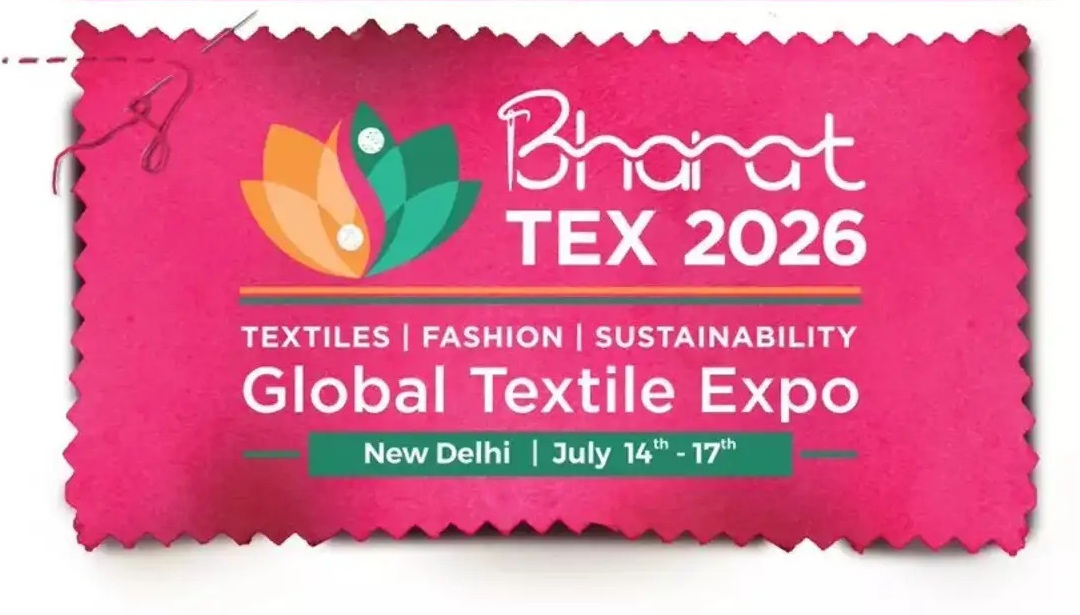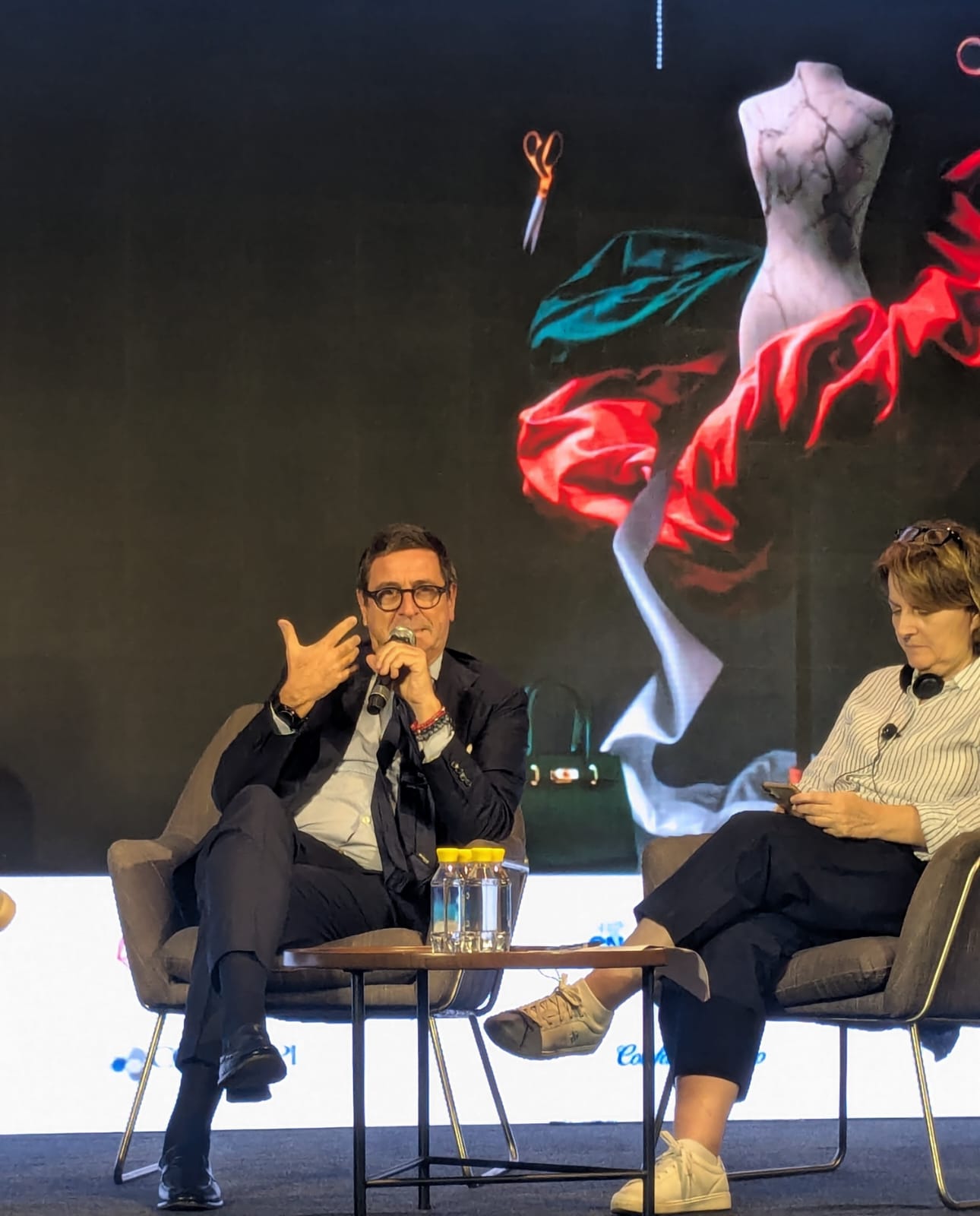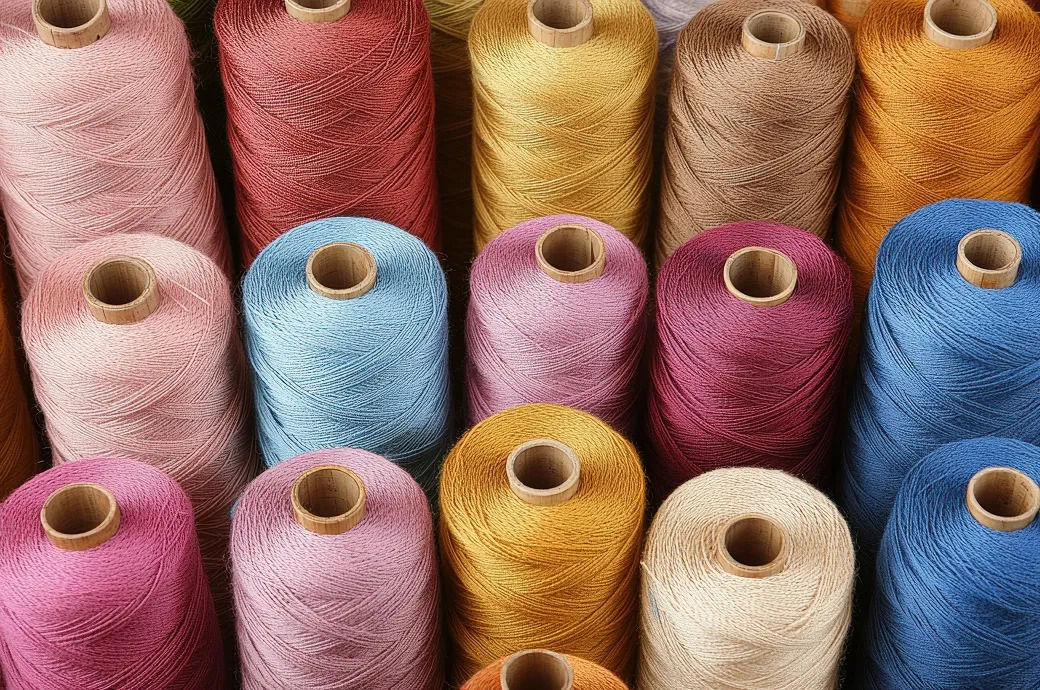FW
Sales for US fashion group Urban Outfitters during the third quarter of the 2017-18 fiscal year were valued at $892.8 million (€761 million), as against to $862.5 million last year, equivalent to a 3.5 per cent rise on a yearly basis. It was a record quarterly result which surprised financial analysts who predicted a revenue of $861 million for the quarter ending on 31st October. The positive performance was driven by comp sales growth generated by the group's Free People (+5 per cent) and Anthropologie (+2 per cent) labels, though the group's leading brand, Urban Outfitters, was on the up too (+1 per cent). As for the group's net income, it fell slightly, down to $45.1 million, as against the $47.4 million produced the year ago period.
Frank Conforti, the group's CFO was reported to have exulted, "The store’s traffic improved in the quarter, thanks to a strong increase in the European market." However, analysts were told that retail sales for Urban Outfitters stores in North America were declining.
The group manages 616 stores, the majority of them located in North America. In Europe, it currently operates 57 stores, of which 46 with the Urban Outfitters brand and 11 with Anthropologie. The group's labels are all still planning to expand in Europe. Real estate specialists Knight Frank notes that Urban Outfitters will open its first Parisian flagship store in rue de Rivoli and is targeting to open its first store in Italy, in Milan, shortly.
Also Free People is broadening its European footprint. Sheila Harrington, the women’s wear label's President, said that a wholesale distribution deal has been struck with a French
distributor along with similar agreements for Italy and Spain are also expected to be signed in the fourth quarter. In the third quarter, Free People's international revenue rose by 26 per cent largely due to the wholesale channel and the e-tail business.
Kornit Digital is a worldwide market leader in digital textile printing technology. The company is ready to launch a new industrial-grade direct-to-garment printing systems. These systems emphasise the company’s policy of a one-step multi-fabric process without pre-treatment using Neo Pigment pure ink.
As the textile printing market moves toward online business models and fast fashion, customers are requesting powerful industrial systems in flexible configurations. The new systems have been designed for higher effective throughput and an even more attractive ROI while offering first-class print quality and process efficiency.
The Avalanche 1000 is considered Kornit’s flagship model. Its 24 spectra polaris heads, together with all other Avalanche efficiency features, make it the productivity configuration of the Avalanche platform which is also available in a six-color and in a digital discharge version.
Kornit Digital’s patented Neo Pigment printing process features one-step printing with inline pretreatment, compatibility with a variety of fabrics and outstanding print quality. Kornit is a full solution provider that also produces its own Neo Pigment Pure and Intenso ink series, as well as software and workflow solutions, complemented by an international service and support network.
High quality samples can be produced on Kornit’s systems, be it garments made from a variety of fabrics or Allegro prints that can be turned into home textile or fashion examples.
www.kornit.com/
Myanmar and Bangladesh may work together in fighting global business challenges. Bangladesh is looking for a gateway to southeast Asia through Myanmar. After decades of sanctions, Myanmar has recently been opened to businesses. Currently the country has around 400 garment factories that employ between 3,50,000 and 4,00,000 workers. Bangladesh’s nearly 3,500 factories employ about four million workers.
Myanmar exports apparels worth $1.8 billion and it has set a $10 billion target for the next 10 years. Bangladesh too aims to double current exports worth $50 billion dollars by 2020. But neither country enjoys GSP privilege in the US market. So they feel working together would be a good idea. Bangladesh has voiced concerns that the recently formed TPP might adversely impact its exports to the US and some other TPP countries.
Myanmar wants to learn from the Bangladesh growth story in garment exports. Some time back Myanmar sent a delegation to visit Bangladesh’s factories and learn about business operations. Another delegation may be sent shortly. Both countries feel they must be fully equipped with proper business rules before embarking on a joint endeavor.
Karnataka Hosiery and Garment Association (KHGA) has urged the Union finance minister, Arun Jaitley to reconsider the proposals in the Union Budget for imposition of two per cent excise duty on branded products with MRP of Rs 1,000 and above. In his letter to the minister, chairman of the taxation committee of KHGA, Sajjan Raj Mehta writes textile industry of which hosiery and ready-made garment is an integral part has been dealt a severe blow with the imposition of such tax.
He appealed to the FM to urgently examine the matter to save the industry as two per cent duty will increase cost of garments by five to six per cent when those will reach the customers. With GST likely to rollout within 2016 itself, Mehta said, we fail to understand the logic of making the industry go through the travails of excise regime for a short period. There are hundreds of items still outside the realm of excise, and the garment industry could well be one of those till such time GST is introduced.
The textile industry is trying to get back on its feet after suffering a major setback due to escalating prices of cotton. Levying the excise will not only result in greater torment for the industry members but will give rise to mass unemployment. It is also feared among the industry associates that levying this excise may give rise to increase in corruption. And most important it will add fuel to the already flaring inflation fire, Mehta observed.
Global leader in colour and specialty chemicals, Archroma has entered into a license agreement with Igcar, a Spain-based group producing optical brighteners for the paper, textile, detergent and coatings industry. As per the agreement, Igcar will have access to Archroma’s patented ‘improved optical brightening compositions; technology (patent family WO 2009/118247). This patent has been granted in many countries, and in Europe, it was confirmed after appeal.
The Optical Brightening Agent (OBA) technology developed by Archroma combines magnesium salts with optical brighteners. Papers treated with the patented process show enhanced brightness and whiteness levels, offering consumers a more pleasurable writing and printing experience. The patent covers mixed salts of most of the common paper optical brighteners with magnesium cations.
Pakistan’s Ministry of Textile and Industry and its attached departments are at loggerhead over a proposed legislation aimed at overriding multiple laws and ordinances under ministry’s administrative control, it is learnt. The government in February 2015 announced the Textile Policy (2014-19) envisaging doubling of textile exports from $13 billion to $26 billion over the next five years, and creation of 3 million new jobs.
One of the integral components of the policy was the introduction of new legislation to override multiple laws and ordinances under the administrative control of the Ministry of Textile Industry. The Ministry wants to club three laws including Pakistan Cotton Standards Institute (PCSI) Standardisation Ordinance 2002, Pakistan Central Cotton Committee (PCCC) Cess Act 1923 and textile cess being collected for the National Textile University.
Currently PCSI, a department of the Ministry, collects Rs 20 per loom and one Rupee per spindle, PCCC collects cess of Rs 5 per bale and Textile Commissioner Organisation (TCO) collects textile cess @ Rs 50 per bale for the National Textile University for research work and developing quality cotton seed. Textile Ministry under the proposed law is considering clubbing all these laws into one, after which all the collections would be made by the Ministry itself and disbursed accordingly.
Kraig Biocraft, a developer of spider silk based fibers has created an efficient method of producing high strength silk by using innovative genetic engineering technologies. This silk demonstrates superior strength and elasticity and in some cases has higher strength and elasticity than native spider silks.
The company has achieved a series of scientific breakthroughs in the area of spider silk technology with implications for the global textile industry. It plans to open a subsidiary company in Vietnam and an advanced hybrid silk research and pilot production operation.
The venture will bring new technology and capability to Vietnam and give a boost to the existing silk and textile production infrastructure. Over the next several months, Kraig Labs plans to finalise the formation of the subsidiary, lease a facility, hire and train local staff, obtain permits, and begin cross breeding its silkworms with local commercial silkworm lines.
Kraig is the world leader in genetically engineered spider silk technologies. It applies genetic engineering spider silk technology to the domestic silkworm, which is one of the most efficient commercial producers of silk.
The silkworm is ideally suited to produce genetically engineered spider silk because it is already an efficient commercial and industrial producer of silk. Forty per cent of the caterpillar’s weight is devoted to the silk glands. The silk glands produce large volumes of protein, called fibroin, which are then spun into a composite protein thread.
www.kraiglabs.com/
South Africa has cut its 2015-16 cotton production forecast by about five per cent, bringing the total drop in full year output to an estimated 44 per cent as farmers switch to more profitable corn crops in a drought period. Farmers who irrigate their land opted to plant maize, because of the good maize price. That was why there was such a big drop from last year.
Maize is the local term for corn. The country’s agriculture sector contracted an annualized 14 per cent in the final quarter of 2015 amid the worst drought in a century and the commodity price rout. South Africa will probably produce 52,820 bales of cotton in the 2015-16 season while an estimated 900 bales will come from Swaziland.
The expectation for lower cotton output follows the trend in global production, which is on track to decline 15 per cent this season due to falling yields. Going forward, crop plantings may increase depending on the weather.
South Africa is working to revitalise its cotton textile and apparel industry, which has been damaged by the availability of inexpensive imported clothing, by focusing on sustainability.
The idea started with cotton farmers, who felt an urgent need to revive and expand employment opportunities through farming, and they thought that a focus on environmental and social responsibility would be a good way to rebuild.
"Undoubtedly, an industry’s consumer number in the billions is bound to have a significant environmental impact. In the run-up to last December’s UN Climate Conference, seven top fashion brands released a joint statement detailing their concerns for a warming world. Not only was climate change grave news for the planet, it was potentially awful for the bottom line."

A clothing company has to have a sustainability strategy that actually works. The question is whether or not there’s a way to truly produce clothing right. The textiles and apparel industry, accounts for 10 per cent of global carbon emissions. Producing a single ton of fabric can require up to 200 tons of water. The first ingredient in polyester is petroleum. Any way you spin it, apparel’s impact on the planet is less than ideal.

have Undoubtedly, an industry’s consumer number in the billions is bound to a significant environmental impact. In the run-up to last December’s UN Climate Conference, seven top fashion brands released a joint statement detailing their concerns for a warming world. Not only was climate change grave news for the planet, it was potentially awful for the bottom line. While not offering any new pledges , the declaration did momentarily swivel eyeballs on the industry’s commitments to - and awareness of - the problem at hand. Levi Strauss & Co., for example, a signatory to the declaration, reaffirmed its 2012 pledge to cut emissions by 25 per cent by 2020. And the company is indeed on target to meet its goal.
Sustainable initiatives
Given the scale of the apparel industry’s supply chains, tensions among green washing, true climate action and ‘better-than-nothing’ argument demand more than a mere attention. Patagonia, the outdoor clothing brand long recognized as a leader of sustainability initiatives in the field, is a staunch proponent of private sector climate action. Sitting on a panel in Paris in December, Patagonia CEO Rose Marcario argued that they are moving faster than a lot of governments.
Of course, the company still makes huge amount of clothing and is far from carbon neutral. The winking ‘Don’t Buy This Jacket’ campaign predictably resulted in the purchase of more than a few jackets. Indeed, the company is seeing double-digit annual growth. Under its ‘1 Per cent For the Planet’ initiative, the company donates 1 per cent of net sales to non-profit environmental organizations each fiscal year.
A company has to have a sustainability strategy that actually works. The question is whether or not there’s a way to truly produce clothing right. Maybe that means carbon neutrality, or perhaps the elimination of commodity-driven deforestation. Or maybe there’s just a central contradiction in trying to fix the problem of there being too much stuff by making more stuff. You can see how this quickly devolves into an argument for nudity.
Patagonia does think critically about the agricultural practices it supports and the production standards it employs. Several of Patagonia’s sustainability-minded trends - a plant-based (as opposed to petroleum-based) Wetsuit, for example - have gone on to be adopted by bigger players in the industry.
The longevity factor
According to Tom Cridland, founder of an eponymous fashion brand, most of the solutions to the industry’s environmental problems boil down to longevity. The brand’s flagship product, the 30 Year Sweatshirt, is billed as, well, exactly what the name implies. Wardrobe staples shouldn’t be made systematically to fall apart, feels Cridland.
Certainly, there are some fairly obvious things you can do as a maker of apparel to improve the environmental impact of your supply chains and several of them encompass more than the concept of longevity. One can recognize that supply chain extends further back than the factory. You can opt for non-petroleum based, organic fibers, such that soil can sequester carbon. If you’re going to use pesticides, use the right ones. Reward countries with strong forestry policies. Be conscious of the energy mix of the country in which your mills and factories are based, and power your factories with renewable energy wherever you can. Partner with shipping companies that use eco-friendly fuels. Avoid air transport. Become a Benefit Corporation. Reuse your cooling water, recover heat from your hot water, and improve the boiler efficiency of your mills. Build your clothing to last.
And companies like Patagonia are doing many of these things. It’s a sentiment echoed by another recent entrant to the sustainable fashion space. Zady, an online fashion brand dedicated to greening its supply chains, argues for the same existential justification. Zady CEO Maxine Bédat argues that the fashion angle allows the message to reach consumers that might not already be thinking about these issues.
Fashion, especially trend-centric fashion, has been relatively slow to embrace real sustainability initiatives. As Bédat explained, the reason it has taken a long time for the apparel industry to understand the connection between itself and climate change - and other issues related to Sustainable Development Goals more generally - is that it’s complicated. It’s not as simple as how much fuel you’re using in your cars or airplanes. As a consequence, consumers simply haven’t been exposed to the same simple messaging as, say, that which comes with remembering to turn off the lights when you leave a room.
SP Jain Institute of Management & Research (SPJIMR) recently entered into an agreement with the Khadi and Village Industries Commission (KVIC) to provide project evaluation consultancy for a scheme that will drive regeneration of traditional industries across 400 traditional village industry clusters in India.
According to the agreement, SPJIMR will provide project consultancy for the scheme, which is titled the 'Revamped Scheme of Fund for Regeneration of Traditional Industries', or SFURTI. The scheme has been formulated by the Ministry of Micro, Small and Medium Enterprises (MSME), Government of India.
KVIC will intervene in more than 400 clusters all over the country and cover more than 40,000 artisans. SFURTI is to be implemented by KVIC through a well-knit system of Nodal Agencies (NA), Implementing Agencies (IA), Technical Agencies (TA), Cluster Development Executives (CDE) and other resource providers.












